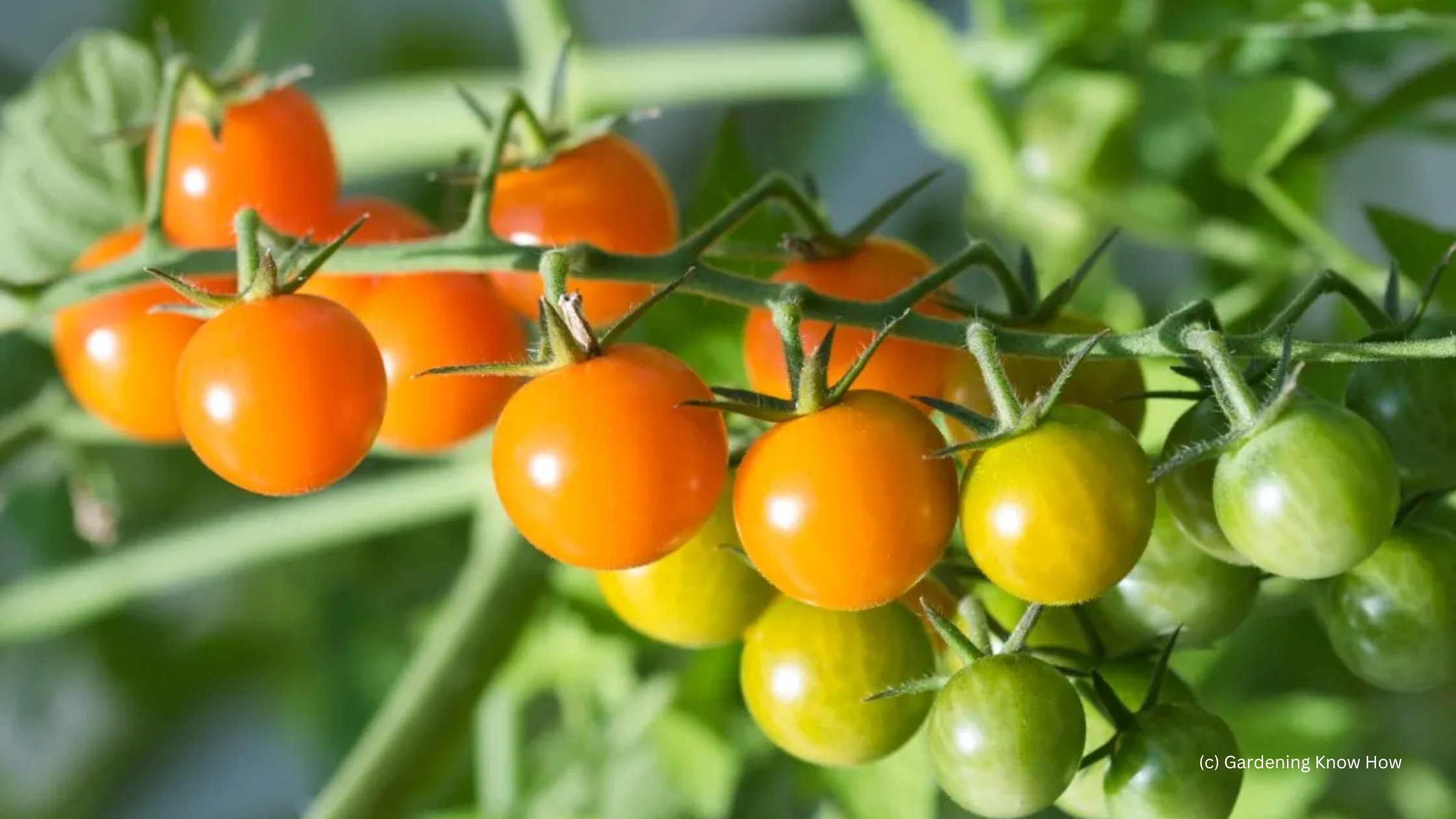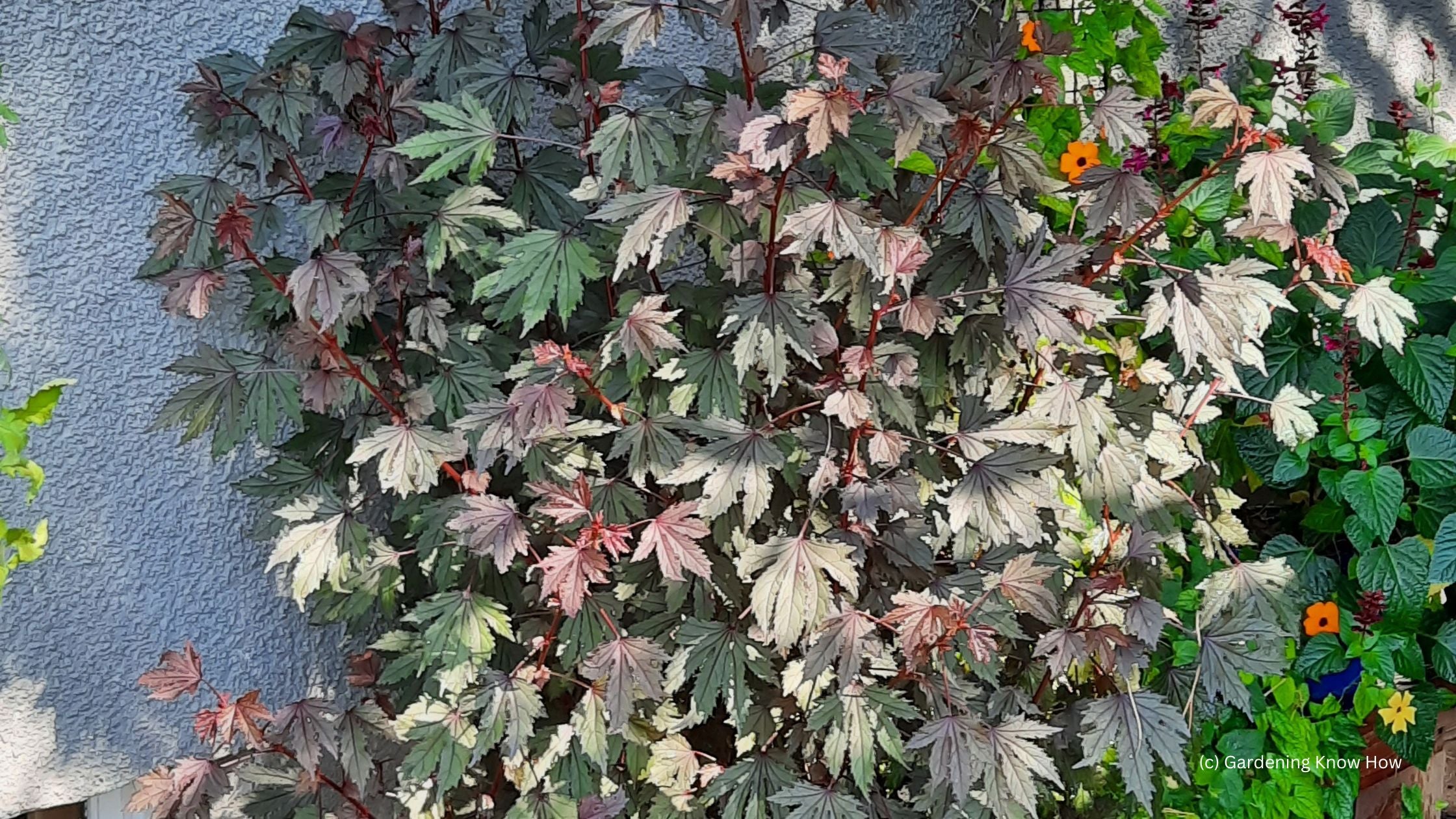It Was a Very Good Year – My Garden Successes 2023

October in Canada means Thanksgiving. This year, Thanksgiving is celebrated on Monday, October 9. It is a day set aside to be just that; thankful for all we have in this wonderful country and that includes the bounty of food from our vegetable gardens. It was a great season for growing not only vegetables but everything else in our yards and the crops on our farms.
I’d like to share with you a few of my gardening successes this year. Part of the joy of gardening is trying out new plant introductions and some old ones you’ve missed along the way. It is always a learning experience no matter how old you are!
First, I’d like to give a big shout-out to how well my tomatoes grew and produced this year. I have a south facing location where I plant 5 different varieties/cultivars of tomatoes in huge pots each spring. The heat was there this year and as long as I watered and fertilized you could almost see them grow daily! I was most impressed by the variety Sun Gold.

Sun Gold is not a new tomato on the market. If you have not tried this hybrid cherry tomato, order seed or buy starter plants early next year because they are incredible. Sun Gold is a indeterminate or vining plant that matures in 65 days and benefits from early staking and eventually a tall trellis or cage. I must admit I caged mine right away after planting but let it go from that point on. It grew to about 2m but they have been known to reach 2.5m. The exceptionally sweet fruit is produced on long, drooping trusses and when fully ripe are a beautiful deep orange color. Sun Gold produces all summer long and is great for eating straight off the vine or in salads. As an extra bonus Sun Gold is resistant to Verticullium Wilt, Fusarium Wilt (races 1 and 2), Nematodes and Tobacco Mosaic Virus. I love this tomato and you will too!
This spring we acquired a new water fountain for our patio. I needed a large, dramatic plant to provide a background for the fountain. It was a bit late in the season but Floral Acres still had water plants so I bought a Colocasia Blue Hawaii (Blue Hawaii Taro). I have grown Elephant Ears (Taro) before and they are an ‘easy to grow’ tropical plant to include in a sheltered part sun location. Taros are tuberous plants and love water, a rich tropical soil and fertilizer. Fertilize every three weeks with a half strength application of 20-20-20 water soluble fertilizer. My Blue Hawaii did not flower, but they do usually produce a yellowish–green spathe and spadix. I also used three Pothos as an under-planting in the tall container. I chose Pothos because it can tolerate fairly wet conditions and is a reliable shade plant. I think if I had planted these plants at the beginning of the season, the Blue Hawaii would have produced more leaves.

As you can see in the picture Blue Hawaii has large leaves with distinct purple veins. These leaves droop down on glossy dark burgundy stems. This taro will reach a height of 150 cm and a width of 60 cm. Because they are classified as an annual in Zone 3 they are frost tender and when temperatures reach 4 C it is time to dig them up, brush off the soil and store them in dry peat moss inside in a dry cardboard box in the basement. Do not seal the box. If you have the room, they can be treated as an indoor tropical plant for the winter. Locate in bright, indirect light and keep consistently moist.
The following spring you can start the tuber indoors 4-6 weeks before the average last frost date. Plant 5 inches deep and keep the soil moist at all times and place in bright, indirect light.
Gryphon Begonias were introduced in 2009 by the Pan Am Seed Company. I grew one on it’s own this year in a large planter and again was not disappointed! I really don’t care that it didn’t flower (they are pink by the way). As you can see this striking beauty is grown for its leaves. I am sure most of you are familiar with this outstanding annual begonia but a bit of growing information for the new gardener is always helpful.

The Gryphon Begonia is a cane-type begonia. It does not have a rhizome or tuber. The roots are fibrous. Other cane-type begonias are Dragon’s Wing and Angel Wing.
Grow the Gryphon in a shady to semi-shady location. Mine was very happy with late afternoon sun. Mature height is 36 -41cm x 41-46 cm. Plant this beauty in rich soil in a container on its own or a very large mixed container. Water only when the top 2.5 cm of soil is dry. They do not like to be overwatered.
Fertilize once a month during the growing season with a half-strength 20-20-20 water soluble fertilizer.
Propagate Gryphon Begonias by stem cuttings.
This begonia can be brought inside for the winter. Make sure you make this move before the first frost. Place in a bright, indirect location (near an east or west window), Do not overwater or fertilize.
My favorite annual of 2023 was Hibiscus acetosella ‘Mahogany Splendor’ (Hibiscus acetosella). Again, not a new annual to Zone 3 but was certainly new to me!
Technically this herbaceous plant is a perennial in Zones 8 and 9. I purchased it as a lone stem planted in a six inch pot. Little did I know that in one season this ‘stem’ would reach a mature height of over 1.5m with a spread of 1m.
I read the growing information on the plant tag and must admit I was skeptical at first about the mature height and spread. Surely they mean in a year or two? But it’s an annual! Luckily I planted it in rich soil in a 35 – 40 cm ceramic planter with drainage. At that time it looked rather lonely so I ringed the container with trailing verbena. I later learned the verbena did not stand much of a chance! (Side note: Bigger container next spring!)

It took a couple of weeks of good weather for it to root and take off growing like a weed! The picture was taken after I had pruned it once or twice and it still attained a height of almost 2m! Mahogany Splendor prefers a full sun to part shade location. I grew mine on the patio in part-shade but next year will be buying more than one and placing them in sun and semi-shade. I am sure the burgundy leaf color will intensify in the sun. It also has the wonderful serrated leaf texture of a Japanese maple.
Check daily for water needs when it is in a container. Water thoroughly daily in extremely hot weather.
I fertilized this plant only two times during the growing season. Once at the beginning of June and once in July with an all - purpose 20-20-20 water soluble fertilizer.
Propagation: Mahogany Splendor can be grown from seed or started in water using tip cuttings. I have recently started many cuttings in water and will grow them on in the winter in a bright window. I am not expecting too much actual growth in the winter but it’s an experiment worth doing!
Seeds can be started indoors in early spring about 10-12 weeks before the last frost. Germination usually occurs in 10-30 days. Scarify seeds and soak them for a day before planting to reduce germination time. Sow on the top of the seed starting soil and lightly cover with more soil. Optimum germination temperature is 21C to 23C. Water the seeds regularly until well established.
Flowers: Pink or maroon/ red flowers. They are a lighter red than the leaves. The short days of autumn should trigger flower bud formation. I have yet to see any flower buds but am not overly disappointed! More sunshine needed perhaps?
You can let this shrub to go dormant, heavily prune back stems and store in a cool room over the winter. You can also prune it back and bring it indoors before temps drop below 15C and place in a very bright room. If possible, isolate it for a month to make sure you are not bringing outdoor insect pests into the house.
Bonus: Mahogany Splendor can be used in cut flower arrangements. It has a vase life of 5-7 days.
Deer resistant; blooms attract late foraging bees.
This plant can be used as the central focal point in an island bed or beside a pond.
Give that tired perennial bed an annual boost and use it as a background plant in a mixed perennial border
Mahogany Splendor has no serious insect or disease problems.
